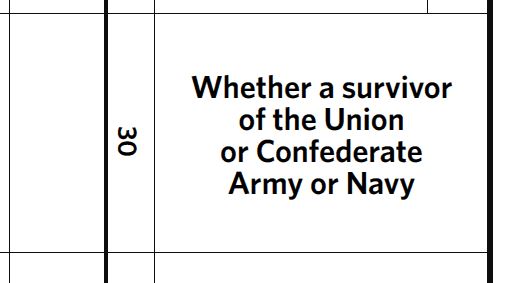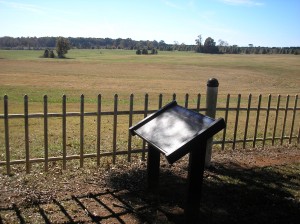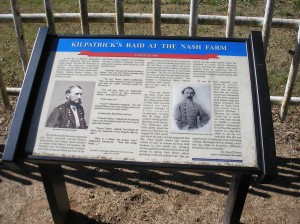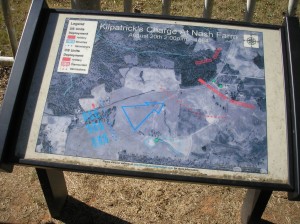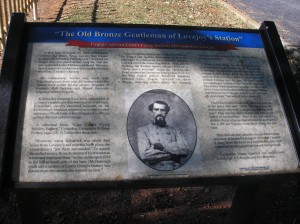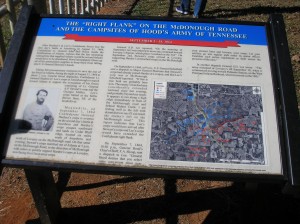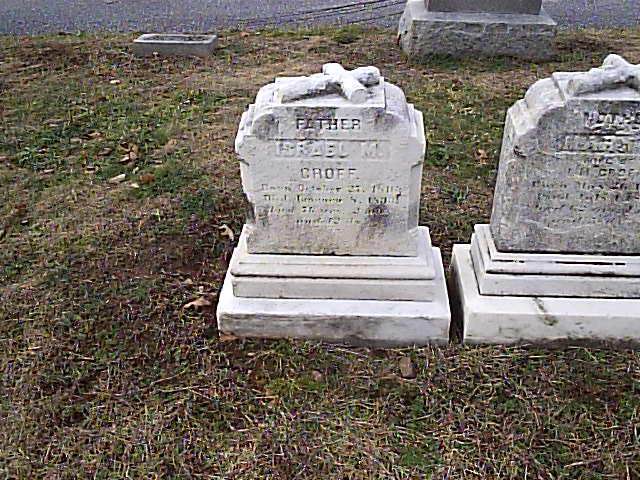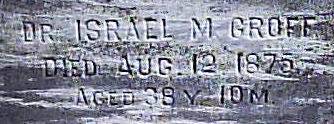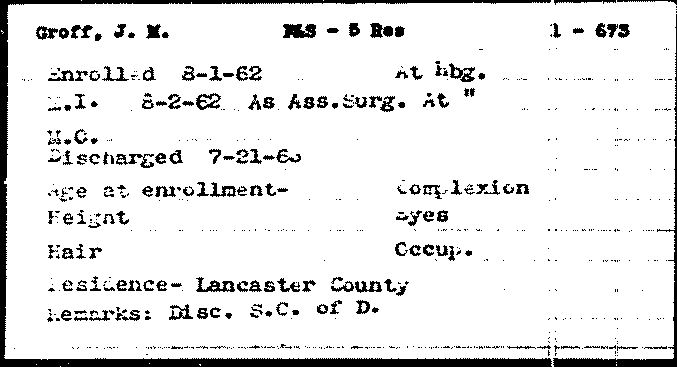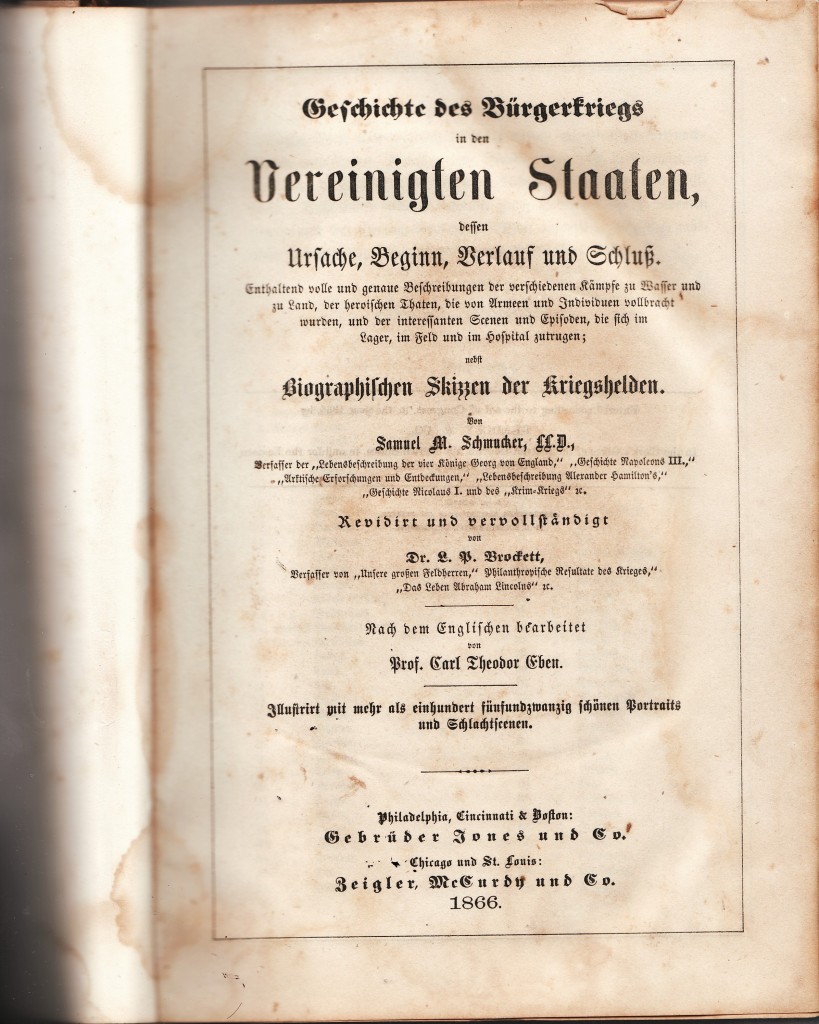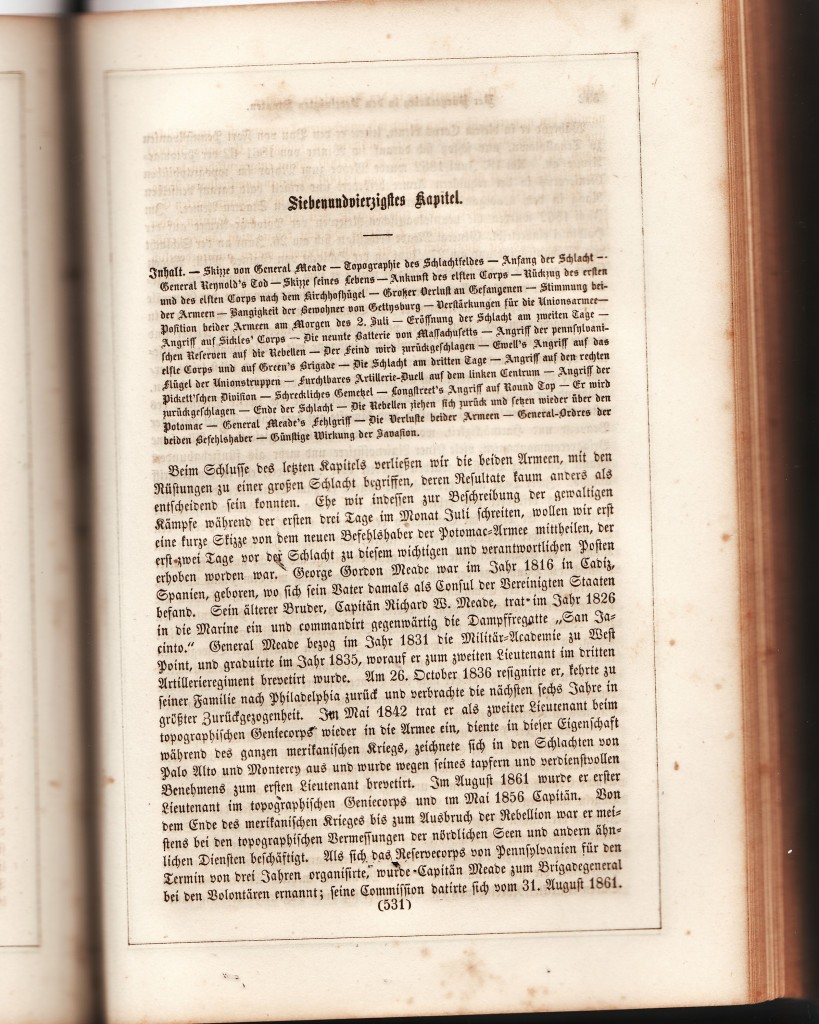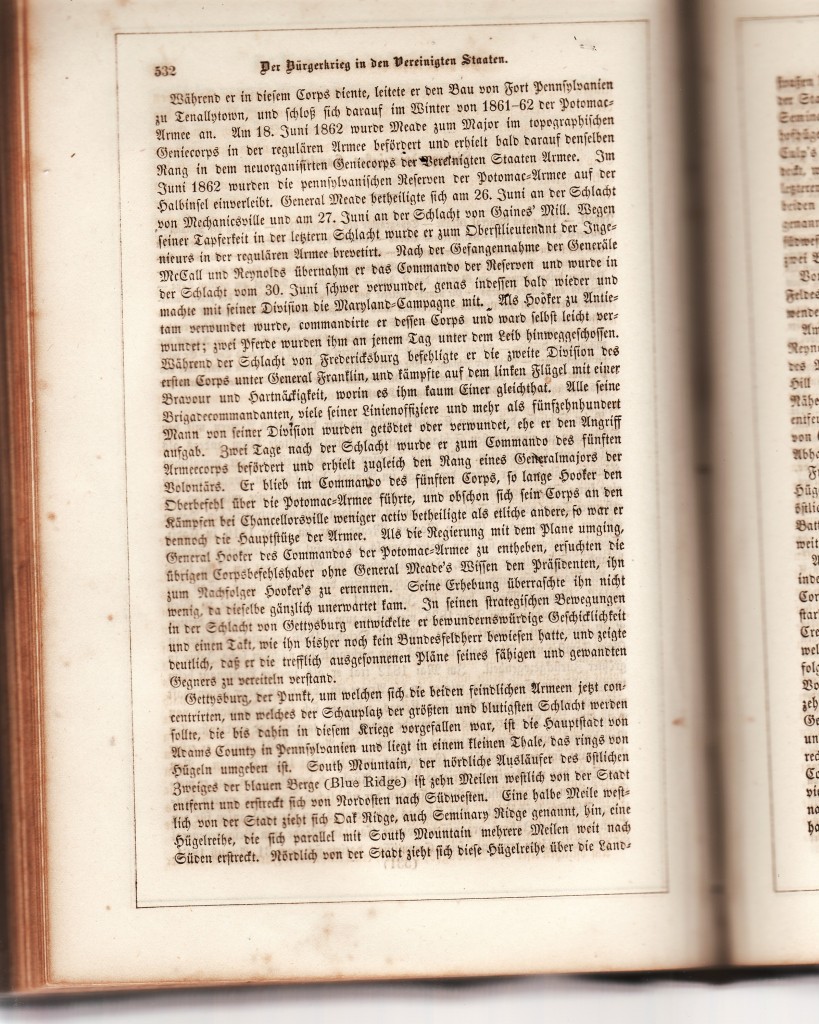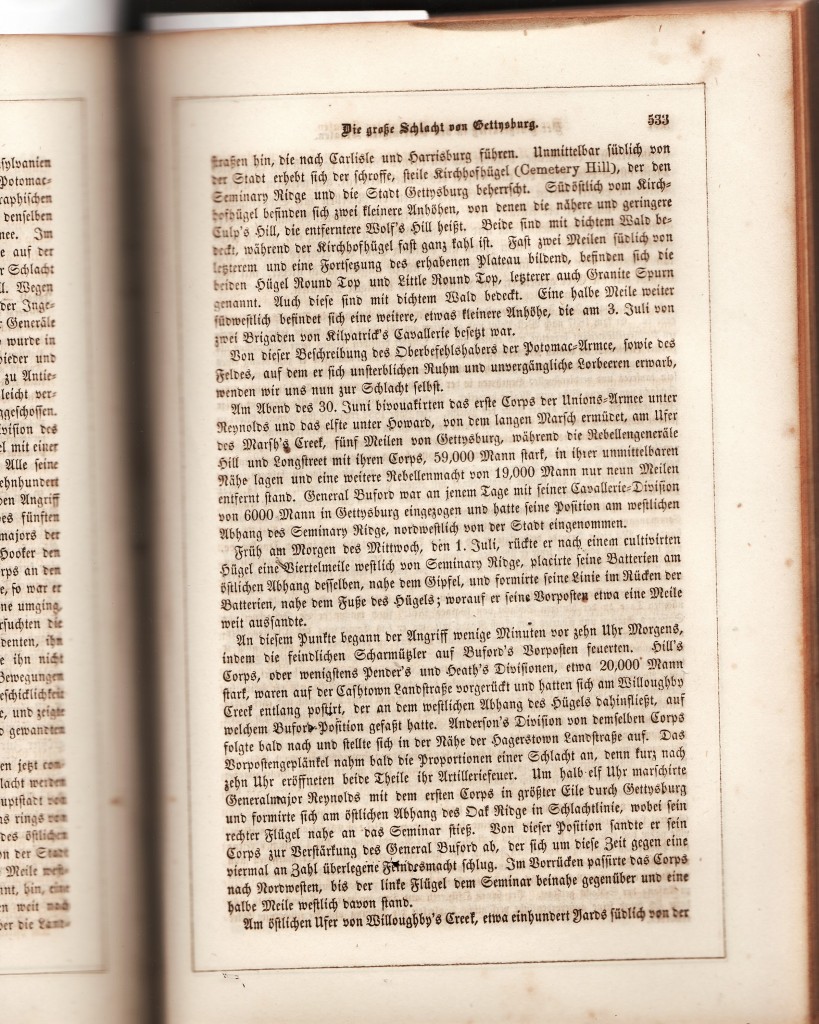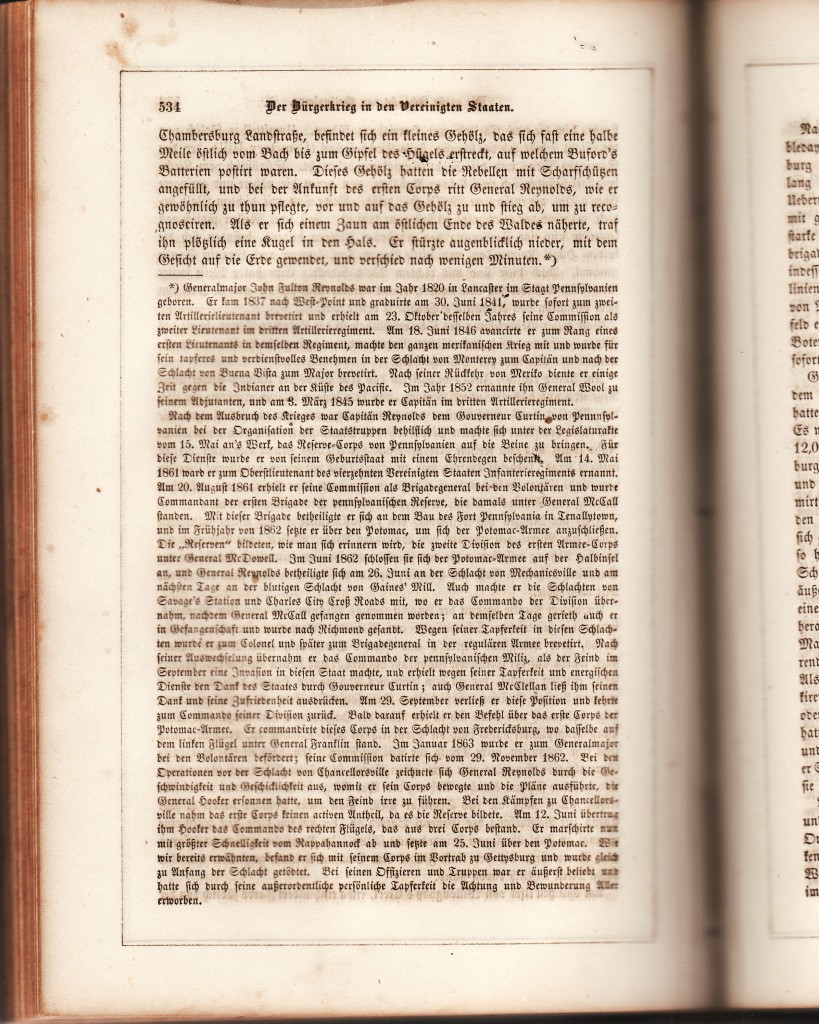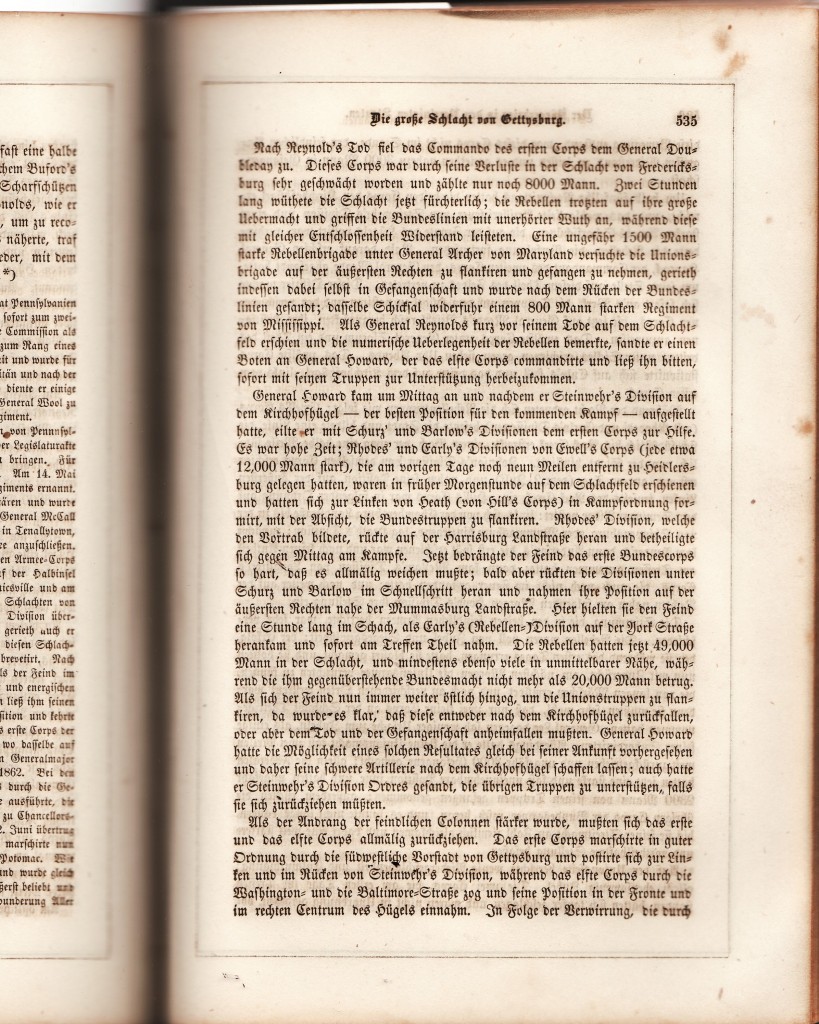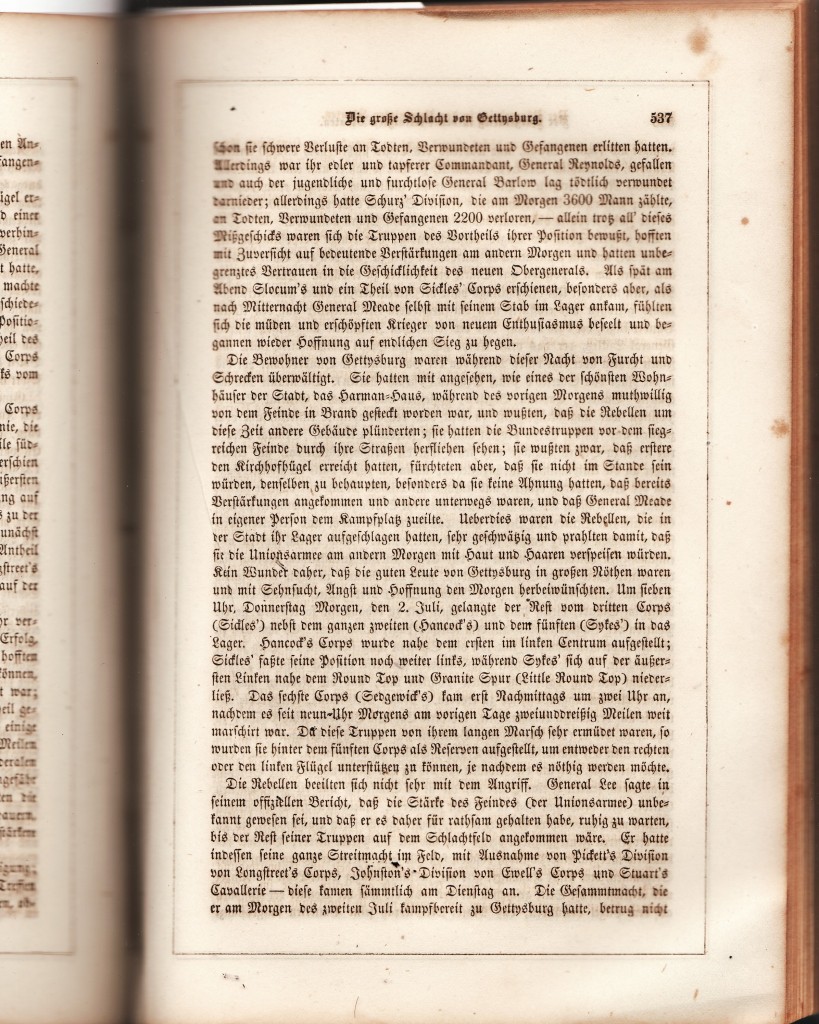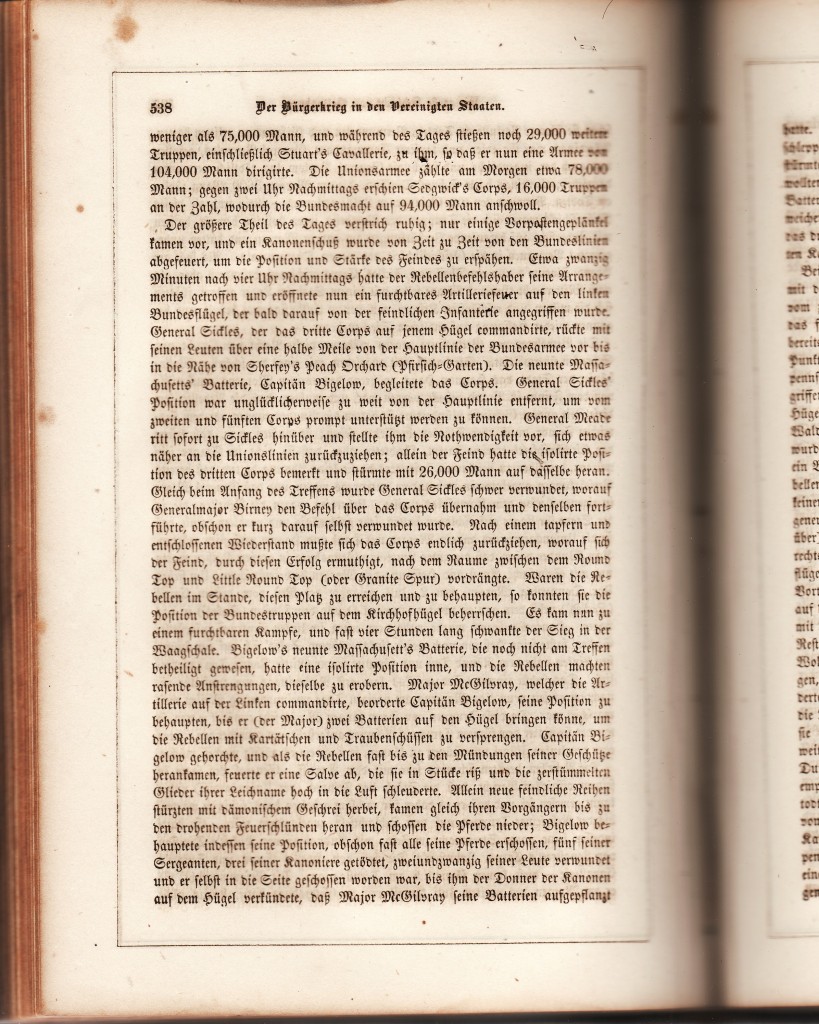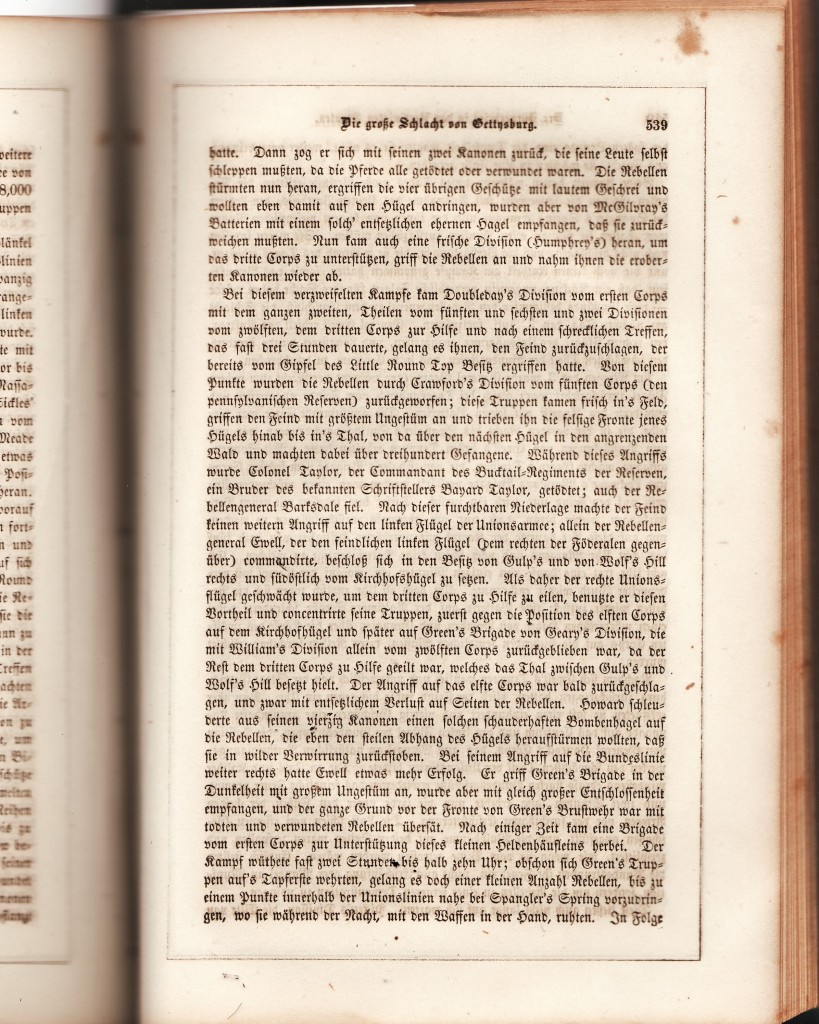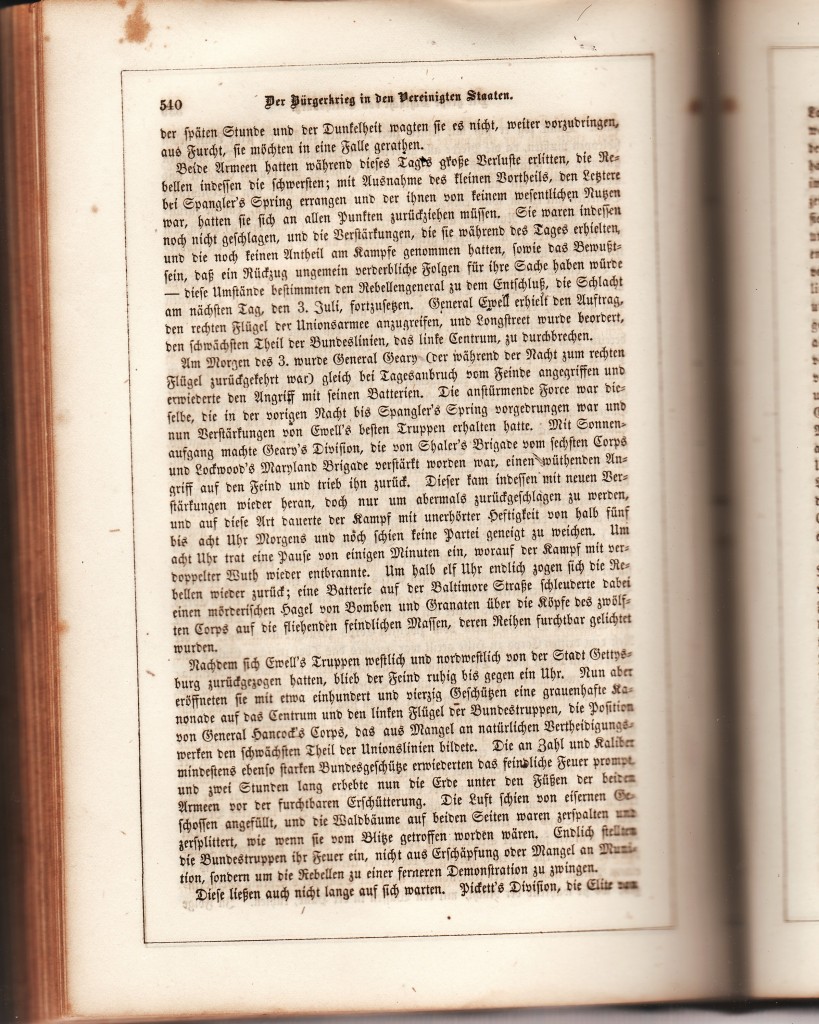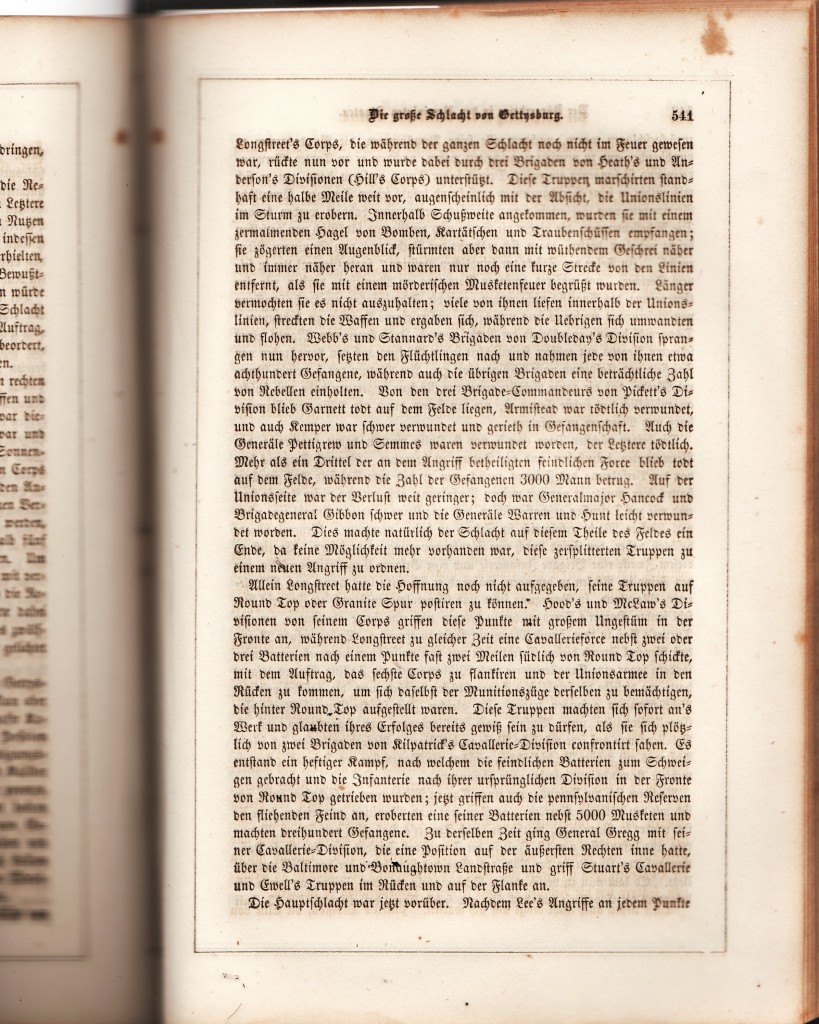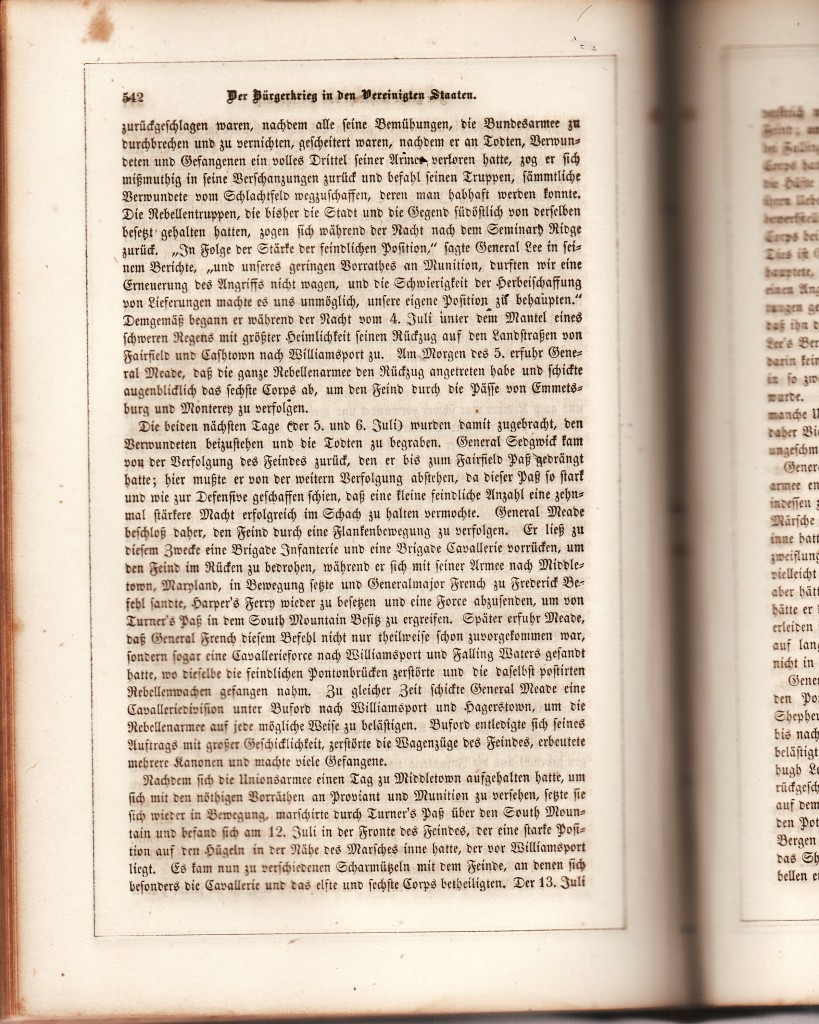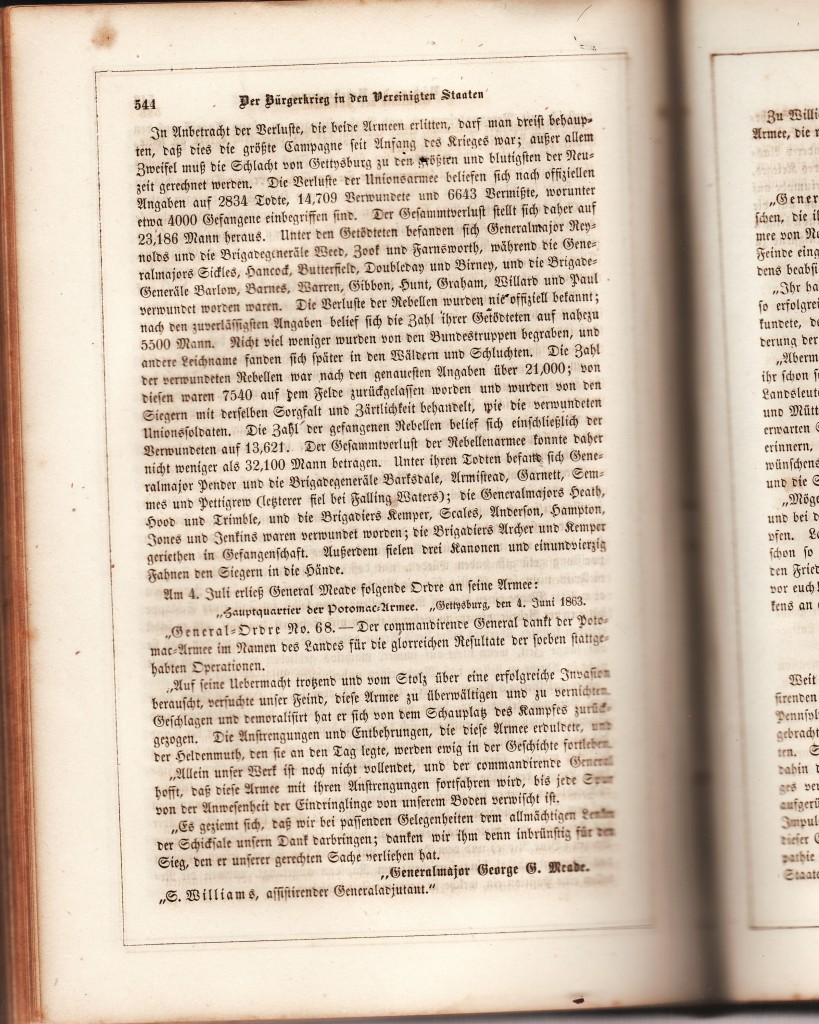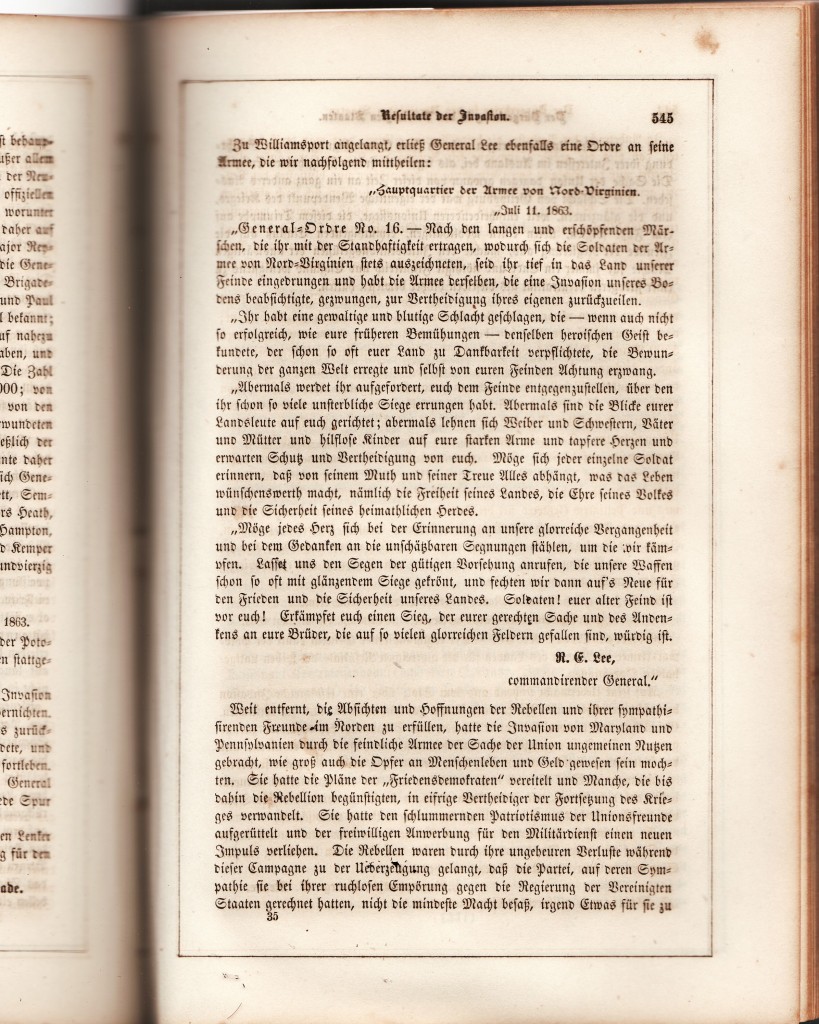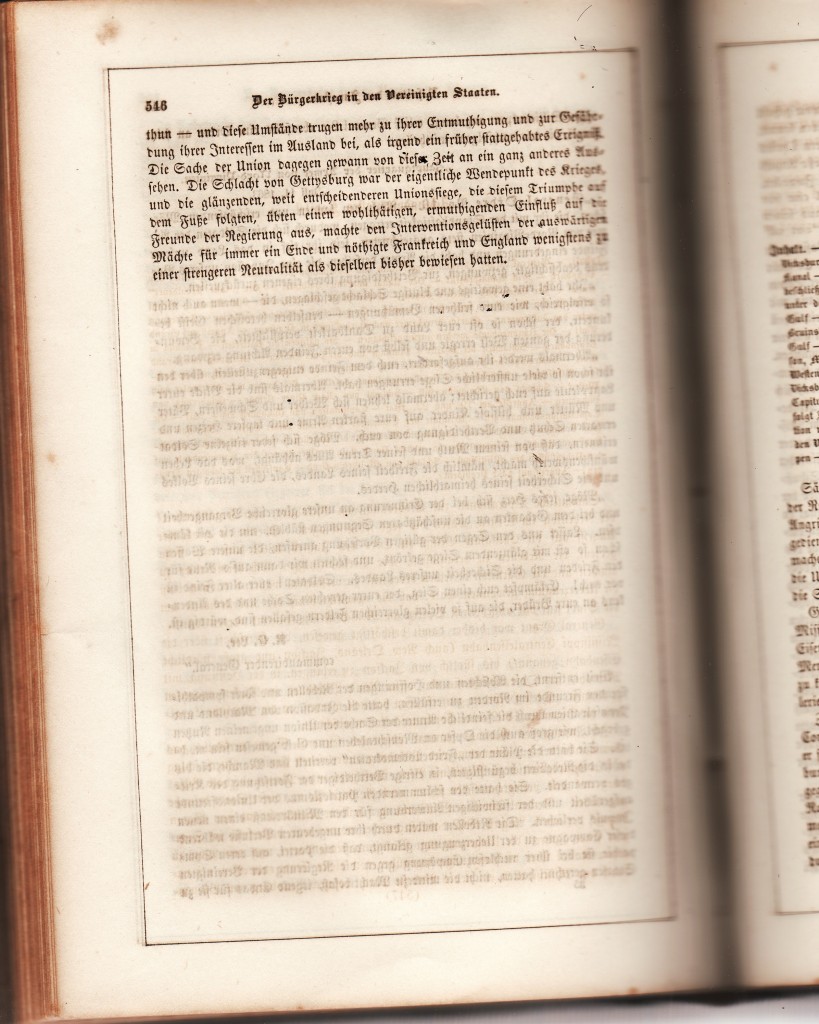Compiling a List of Civil War Veterans- Williams Township
Posted By Norman Gasbarro on July 30, 2014
One of the hardest things to do in Civil War research is the compiling of a complete list of Civil War veterans who have some association with a specific geographic community or region. The smaller the area, the easier the task, but in larger areas such as those covered by the Civil War Research Project, it may never be possible to declare completeness to any list that is produced. Each day brings the discovery of another name – someone born in the area but whose family moved away just after birth, someone who arrived many years after the Civil War and lived for only a short time in the community, a widow who chose to live her last days in the Lykens Valley area when she previously had no association with it, and someone, who for whatever reason did not want it known that he had fought in the war.
An often overlooked source in compiling veteran lists is the Federal Census of 1910. In “column 30″ of the enumeration sheet, the census taker recorded whether the person was a “survivor of the Union or Confederate Army or Navy.” By 1910, there were a significant number of veterans of the war who were still alive and those who were alive were generally between the ages of 60 and 80. In that census, the veterans are named with their household members, their occupations and their ages. Some lied about their ages, usually giving a lower age than they actually were at the time. Most, at least as shown from the specific communities examined, were still gainfully employed. The designation “own income” was used for those who had retired and were in many cases living off their war pensions. Some retirees simply stated “none” for their occupations and many of these were living with other family members.
These census returns for 1910 differ from those of 1890 in that they were not a separate enumeration. The complete census of 1910 has survived while most of the enumeration pages for the 1890 census were destroyed by fire, leaving for Pennsylvania only the 1890 special veteran/widow schedules. In 1910, veterans were not asked for the name of their regiment or regiments, rank, dates of service, and specific disabilities related to war service; they were asked those questions in 1890. Also, a widow of a Civil War veteran in 1910 was not identified as such. If the surviving veteran identified himself in 1910 as a member of the Union Army, the abbreviation “UA” was placed in “column 30″ on the sheet. By browsing the census sheets for a community such as Williams Township, Dauphin County, Pennsylvania, it is easy to select those who self-identified as veterans. Browsing the sheets is made easy through the census tools available on Ancestry.com.
The pages for the 1910 Federal Census for Williams Township are presented in one group. In all, there are 29 pages for the township with only three veterans identified as living in the township. One reason for this might be the difficulty of elderly persons in a rural area as opposed to a town. Another reason might be that there were more post-Civil War immigrants living in the Township. Note: There are 18 veterans who are named as residents of Williamstown (see prior post, Compiling a List of Civil War Veterans- Williamstown).
For each of the veterans identified as such, the name is given below, followed by the stated age, the occupation, and the sequential number of the census sheet where the name appears. For those wishing to do further research on these veterans, consult the actual census sheets, which are available on-line through Ancestry.com as well as other sites.
WILLIAMS TOWNSHIP
John H. Lower, 63, Laborer at Odd Jobs, #14.
Luther A. Grace, 76, Laborer at Odd Jobs, #18.
John Bird, 73, Own Income, #18.
 ;
;
